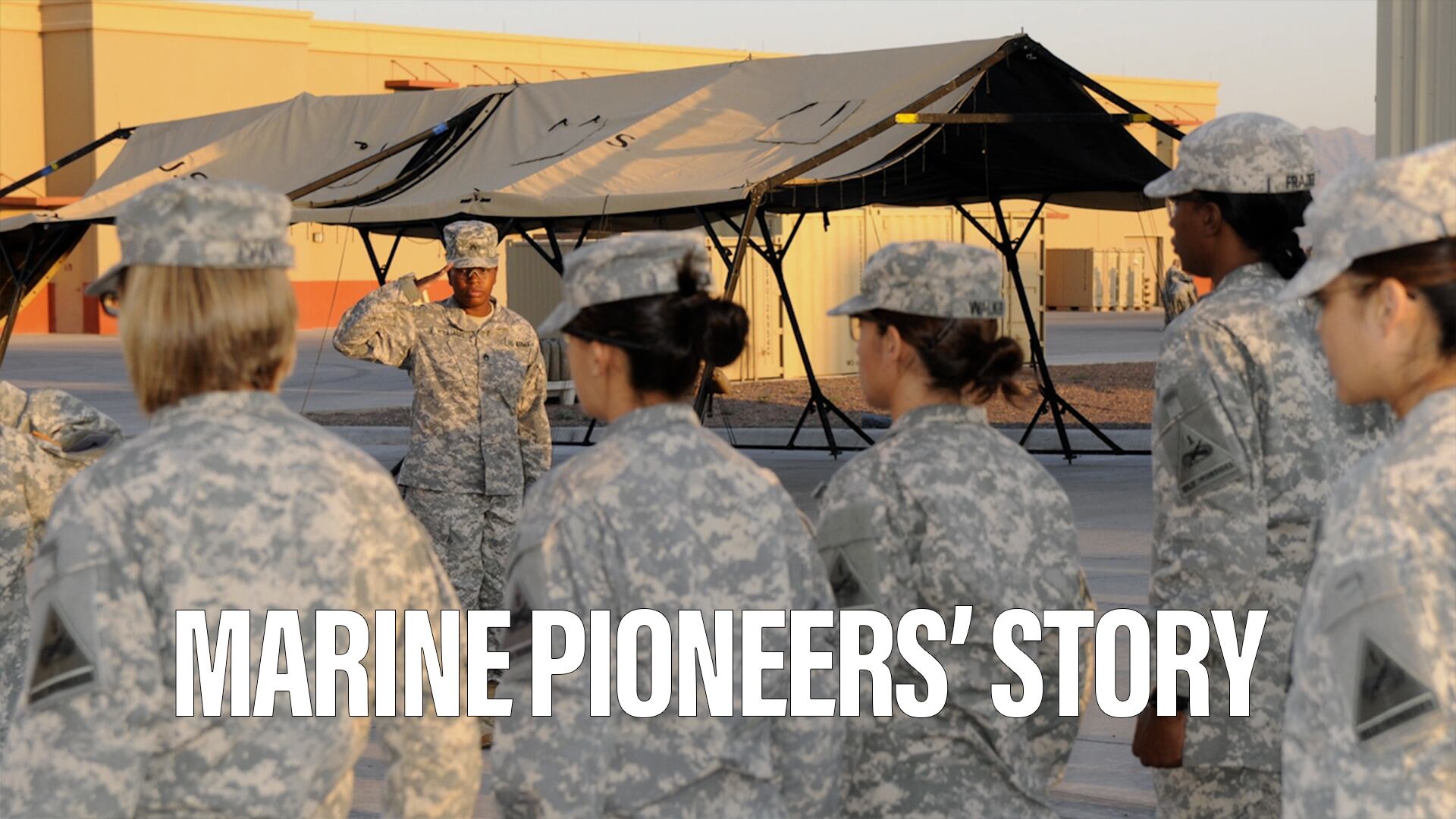PARIS — Airbus Helicopters sales of military rotorcraft rose to 57 percent of 2016 revenue, up from a 50-50 split with civil sales in the previous year, company CEO Guillaume Faury said in a phone briefing Friday.
That increase of sales to armed forces helped the company weather a severe downturn in the global civil helicopter market, weighed by a slide in sales to the oil and gas market.
The increase in military sales was "significantly higher than previous years," Faury said. "It is the same in orders," he added, although there were no details in percentage terms.
The company, based in Marignane, southern France, won "very important military contracts last year," boosting the number of units and also the value "very significantly," he said.
Orders for the light H145M helicopter showed the importance of converting a civil platform into a military version, he said.
Much of the 2016 military sales were due to deliveries of the NH90 transport helicopter and the 19 Tiger attack helicopters, he said. Last year saw the handover of the 300th NH90. A US selection for service of the Lakota program was a big boost for the company in the service sector.
The 2017 outlook was a similar split between military and civil sales, although the majority of units would be in the civil market, he said.
Major military contract wins last year included the H225M to Singapore and Kuwait. However, the latter contract for 30 Caracals has not gone into effect and are excluded from the 2016 figures. A sealing of the deal is expected in the coming weeks.
Faury declined to give details of the Singapore order, which was covered by nondisclosure agreements. Deliveries to Kuwait and Singapore are due in 2019.
The company won total net orders of 353 units, 20 more than the 333 last year, and delivered 418 units, 23 more than the 395 in 2016. Airbus Helicopters declines to publish the value of the deals, as that information is reported in the annual results of Airbus Group, the parent company.
In France, the NH90 has attracted criticism. A Dec. 19 report on television station France 2 pointed out that one hour of flight required 20 hours of service, and there was low availability due to a lack of spares.
The number of maintenance hours was crucial and the company was working with the majority of military customers, Faury said. There was attention to the NH90, which was entering service and starting to operate "in real conflict and battlefield situations," he added.
There was a learning curve which the company sought to accelerate as the NH90 is a modern helicopter with a new IT system, he said. Availability is a key parameter, he said, adding that in services where the NH90 is part of a mixed fleet, there is further work to be done.
Service for both the NH90 and Tiger help boost sales, as well as military contracts for light helicopters. The delivery last year of the MBe Panther naval helicopter to Indonesia and Mexico indicated a growing market for maritime versions. India is also looking for a naval helicopter, which Airbus Helicopters hopes to win.
On the Tiger flown by the Australian forces, there was a "long and painful story" in which it took quite a bit of time to fly the number of necessary flight hours, Faury said. "It was an expensive platform when the number of flight hours was low," but the situation was much better now.
There has been "good feedback" from users in Darwin, Faury said, adding that the company was "very optimistic moving forward."
The Australian defense white paper last year said there would be an early retirement and replacement of the Tiger, with the introduction of another aircraft in the mid-2020s.
The company is working with DCNS on the VSR700, an unmanned military vertical takeoff and landing aircraft, and expects a first flight this year with a military qualification in 2019.
Leveraging rotorcraft with autopilot technology is a promising product to pitch to armed forces around the world, starting with Europe, he said. The company is also in talks with partners in emerging markets.
The company is monitoring Poland, which is expected to issue a request for helicopters to meet specific needs and in smaller numbers than the 50-strong deal canceled last year.
Last year was probably the most difficult year since 2008 for the helicopter industry, which is suffering from overcapacity, he said. The company expects this year to maintain a book-to-bill of 1, or ratio of sales to orders.
The total order book stands at 766 helicopters. The company claims a leading market share of 47 percent in the civil market, followed by Leonardo with 21 percent.
The downturn in the civil market is partly due to weak demand in the oil and gas market, in the wake of the fall in the oil price. Oil is now trading around $50 per barrel after having hit a low of some $25 per barrel.








